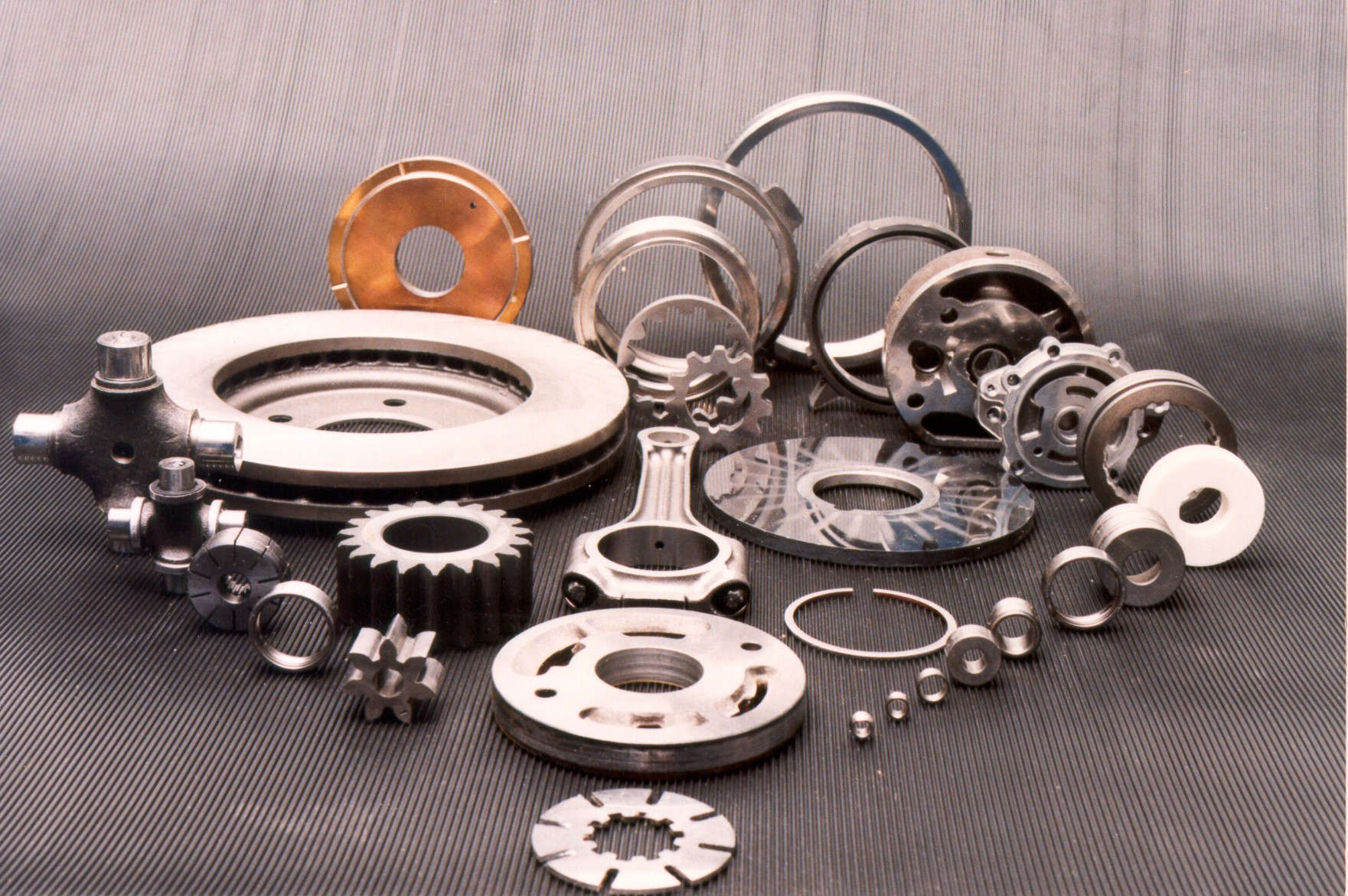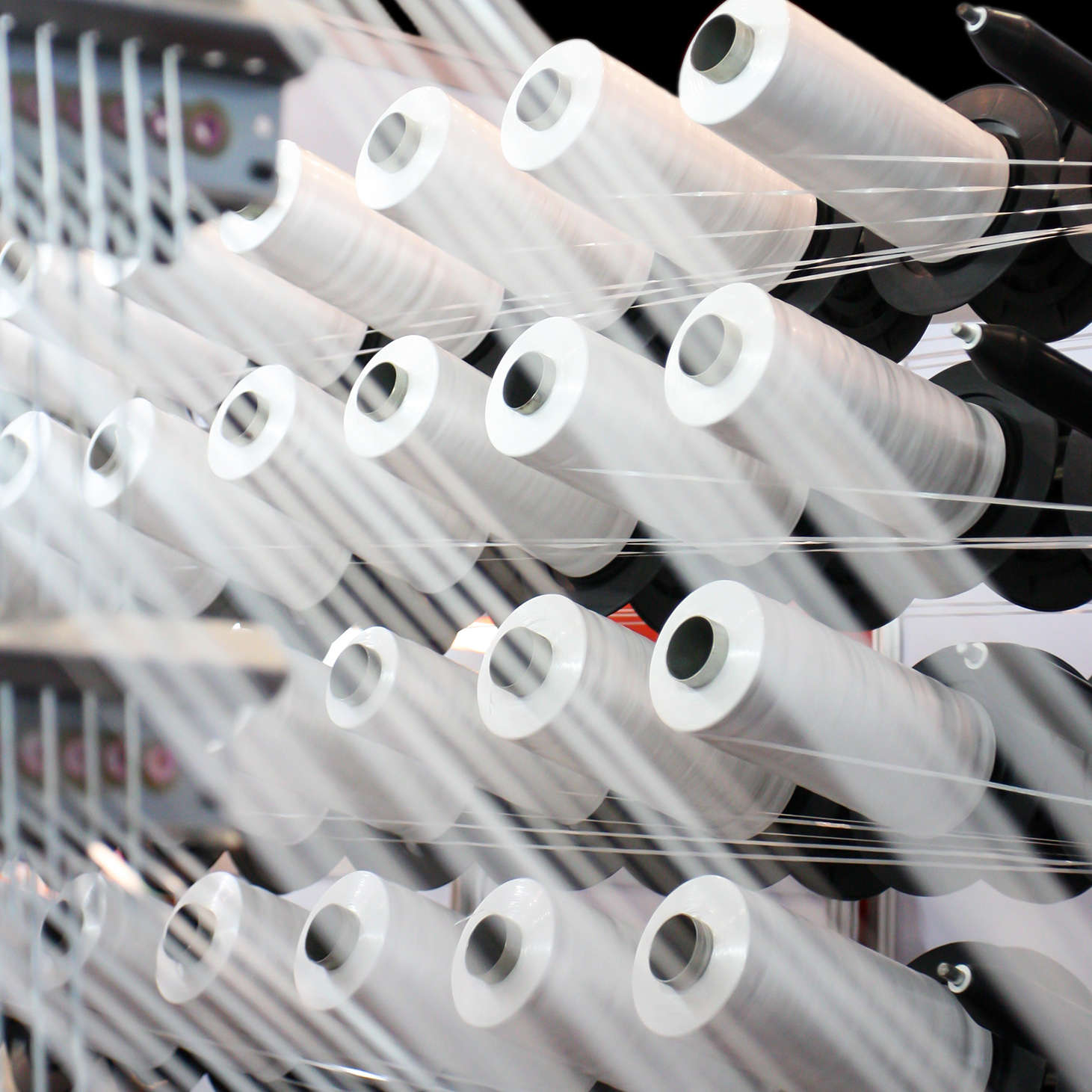The optimal micro-geometric and macro-geometric peak-to-valley height for your application
There is a global trend towards vehicles and engines with improved fuel utilisation. Higher revolutions and increased compression generate an increasing level of stress for numerous elements. Therefore, the most advanced design requires a production process in which all the demands stated by designers can be fulfilled. This includes precision machining, which makes it possible to achieve the optimal peak-to-valley height for specific purposes. Refined enough to avoid premature wear and tear, but rough enough to ensure the reliable lubrication of crankshaft bearings, for example.
Genuinely flat surface and flat-parallel work pieces
Flat surfaces come in numerous aggregates, and these need to fulfil either a gliding or sealing function, and sometimes both. Often, these must be set precisely at right angles to the centreline. In many cases, the flat-parallelism of two surfaces is a requirement










